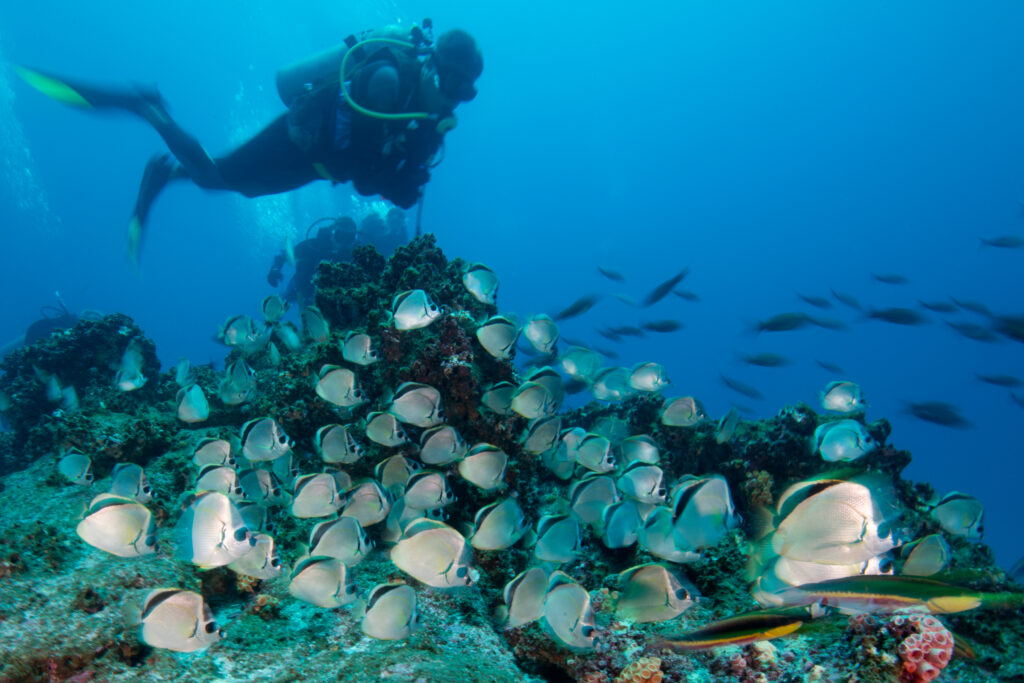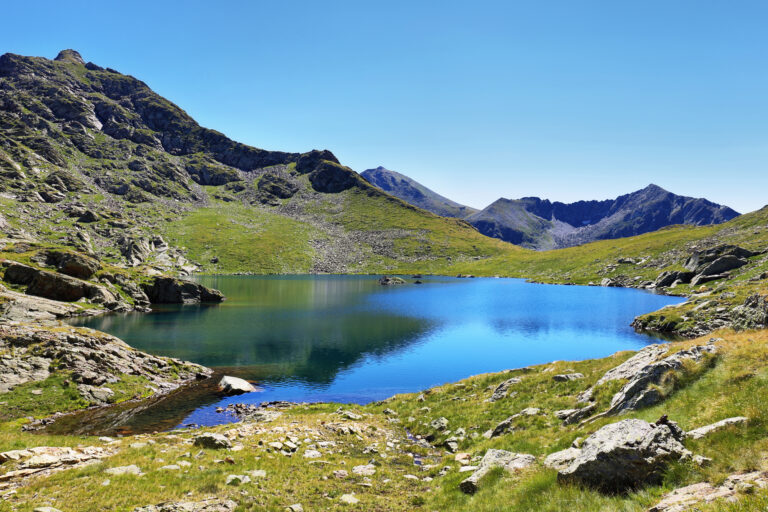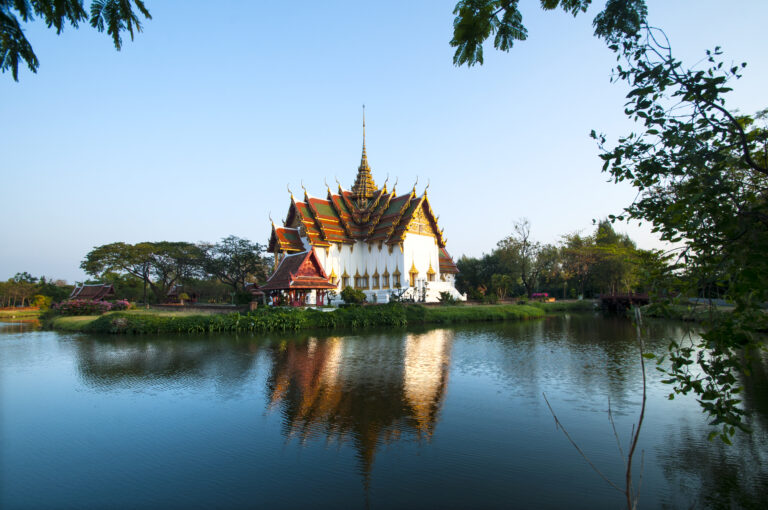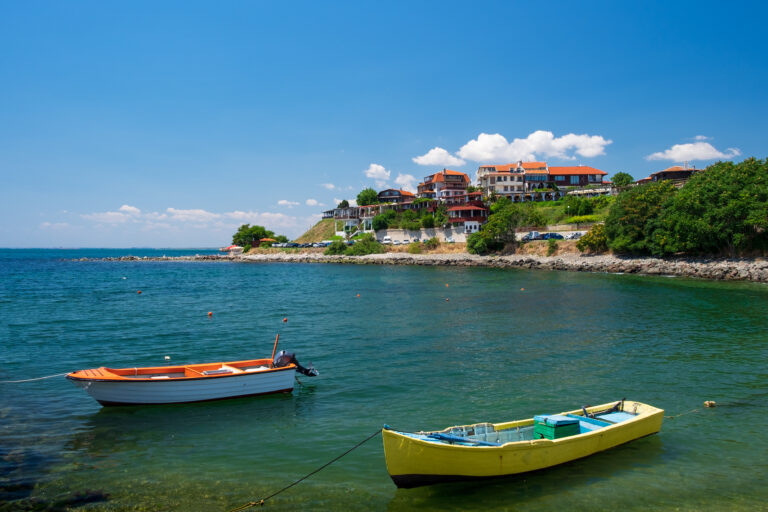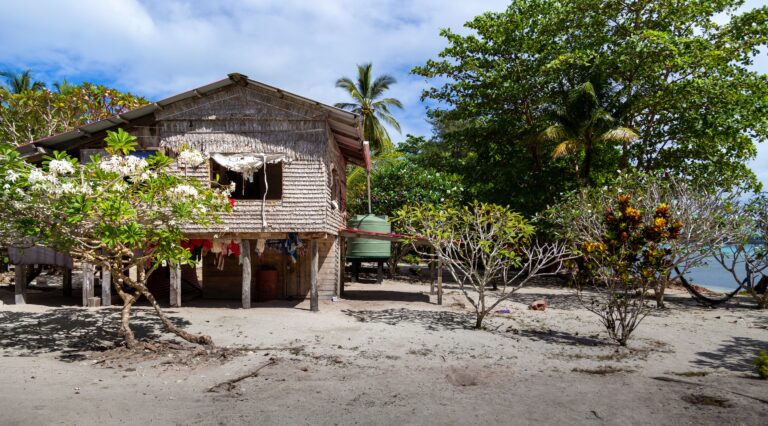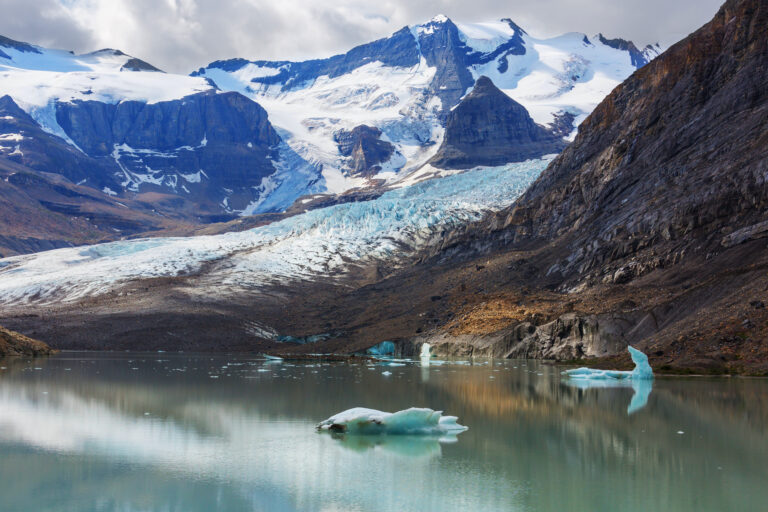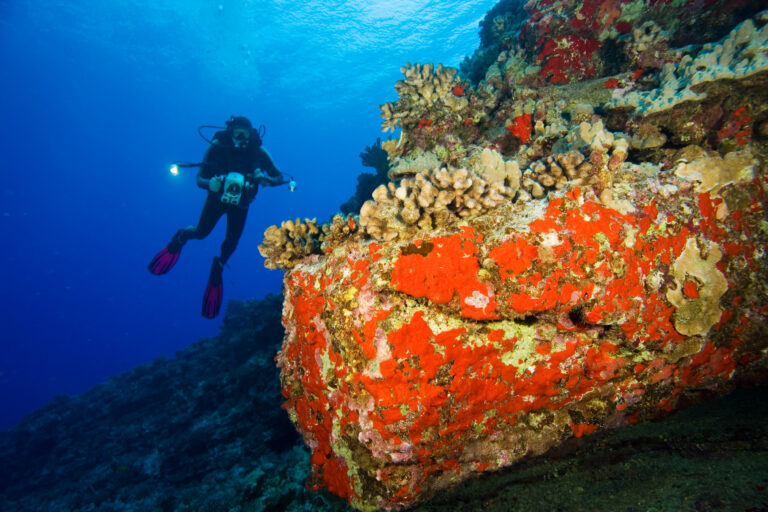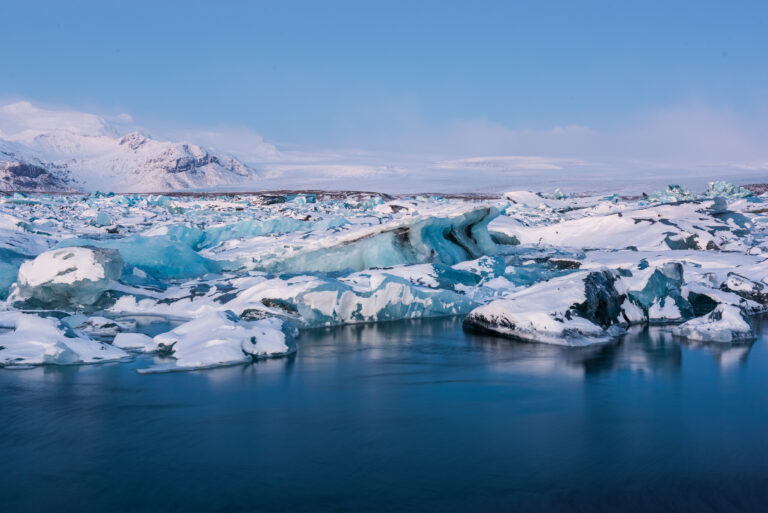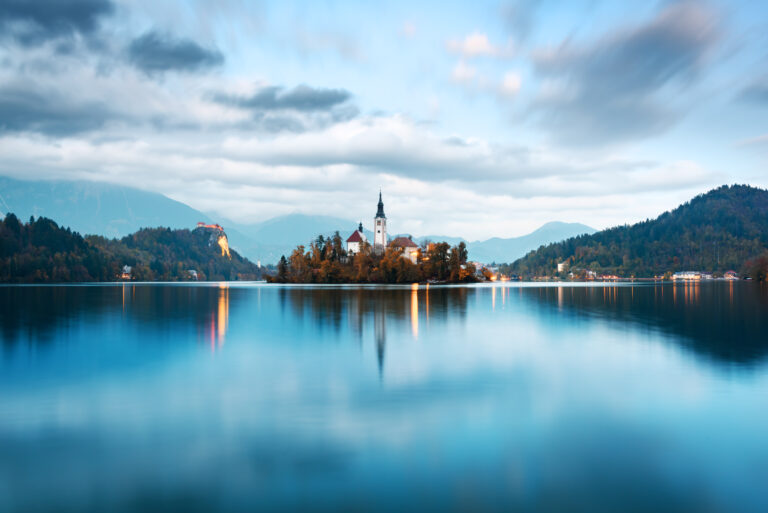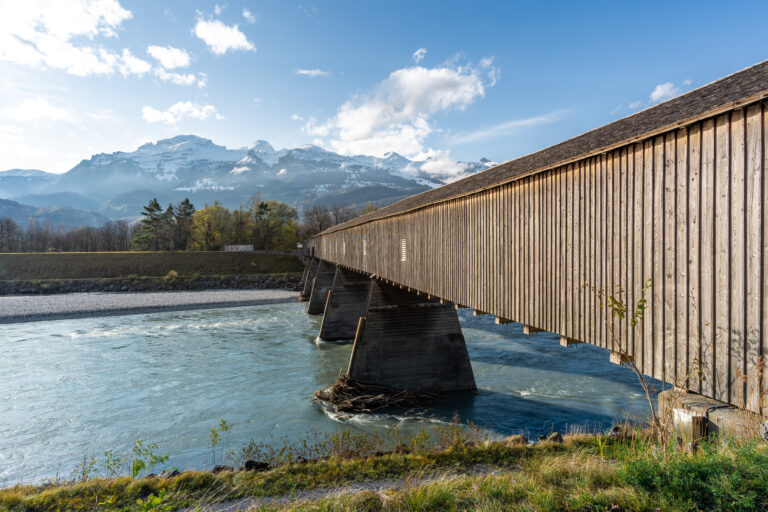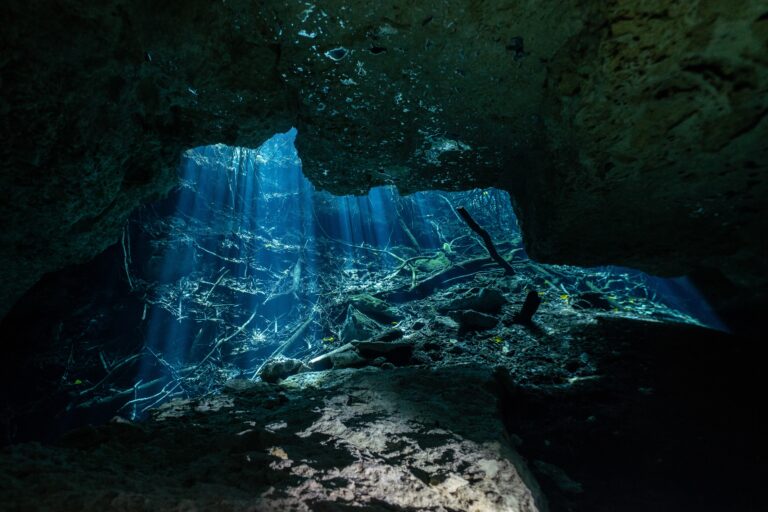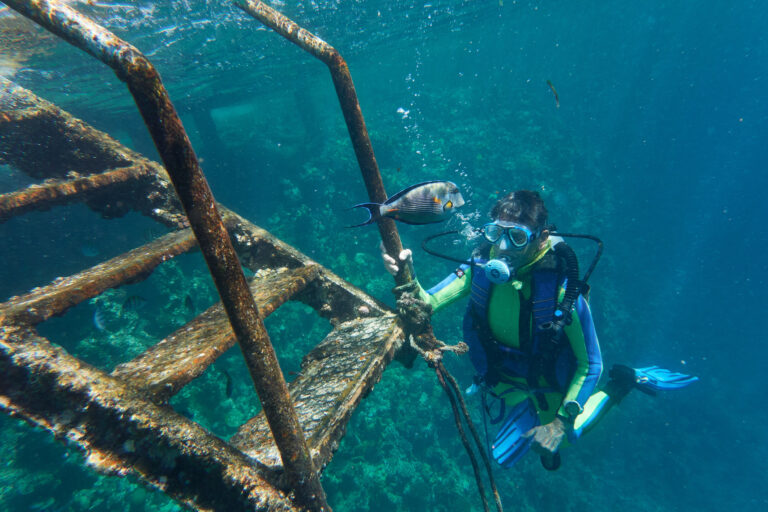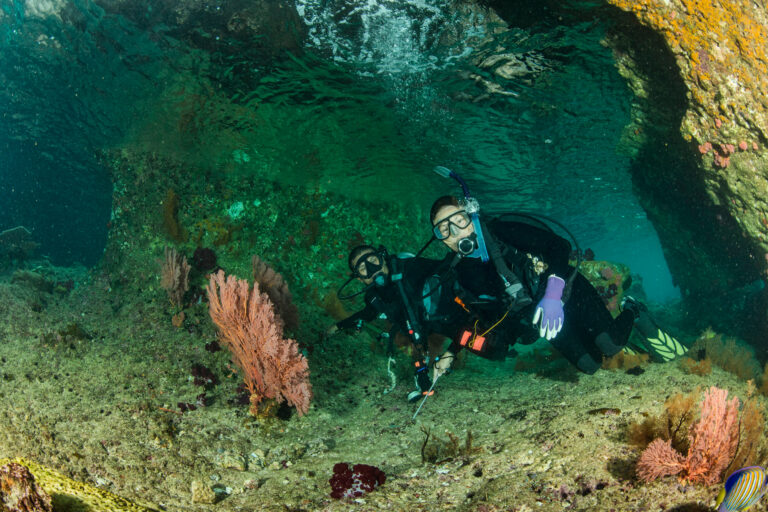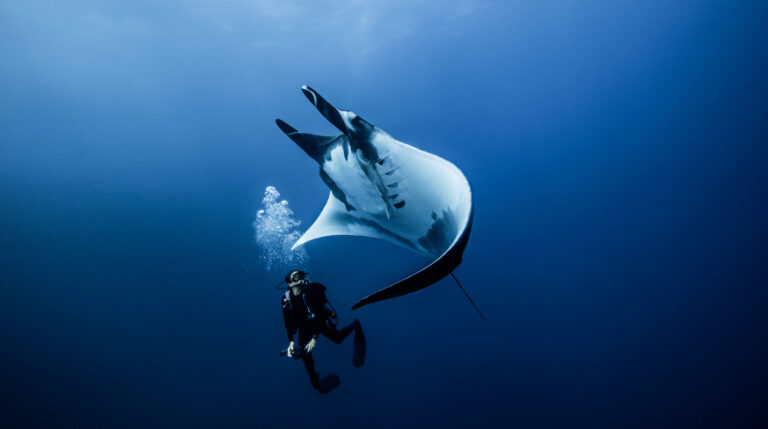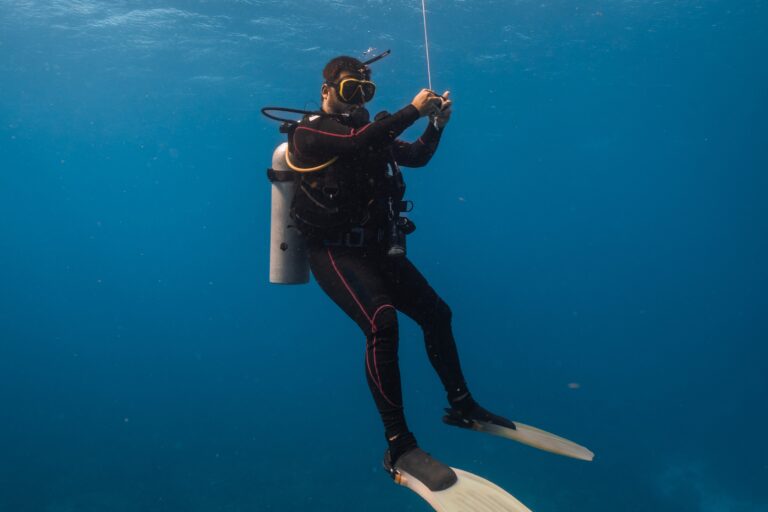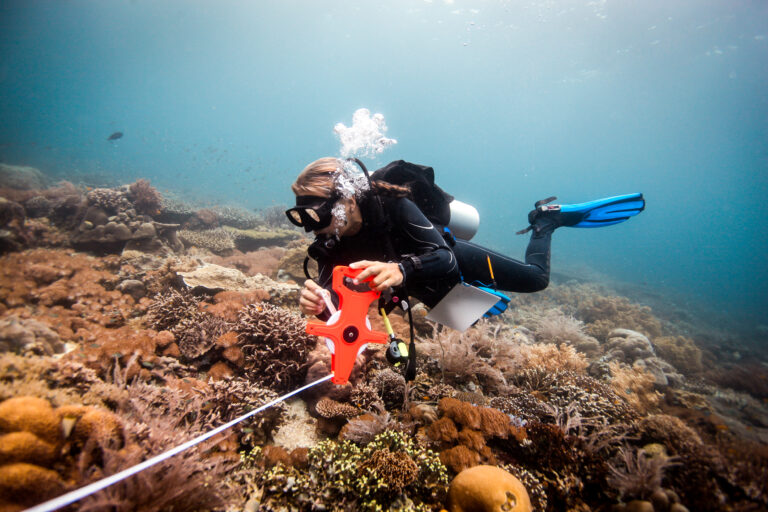Scuba Divers’ Travel Guide to Norfolk Island
Norfolk Island, an Australian territory in the South Pacific, offers scuba divers a unique and diverse underwater world. The island’s clear, warm waters are home to vibrant coral reefs, diverse fish species, and historic shipwrecks. Norfolk Island’s remote location ensures that the dive sites remain relatively untouched, providing a sense of exploration and discovery. The island’s natural beauty and rich history add to the appeal for scuba travelers. For those seeking a serene and unspoiled diving destination, Norfolk Island promises a captivating and memorable underwater adventure.
Location and Geography
Norfolk Island, an external Australian territory, is an isolated volcanic outcrop located in the South Pacific Ocean, roughly midway between New Caledonia and New Zealand, and directly east of Australia’s Evans Head. This picturesque island, with its jagged cliffs and lush greenery, spans approximately 35 square kilometers and is surrounded by a rich marine ecosystem, making it a unique scuba diving haven. The island’s remote location contributes to the pristine condition of its coral reefs and the abundance of its marine life. Divers are drawn to Norfolk Island’s clear subtropical waters, which offer visibility up to 30 meters, allowing an unobstructed view of the diverse underwater landscapes that include deep-sea coral reefs, underwater chasms, and a variety of wrecks. The island’s geography, with its dramatic underwater seascapes, creates a distinctive diving experience that ranges from sheltered reefs perfect for beginners to advanced sites that challenge even the most experienced divers.
Visa and Entry Requirements
Before embarking on your underwater adventure to Norfolk Island, it is essential to understand the visa and entry requirements for this unique destination. Norfolk Island, an external Australian territory, has its own immigration laws separate from mainland Australia. Travelers from all countries, except New Zealand, must obtain a Visitor’s Visa or an Entry Permit prior to arrival. New Zealand citizens can enter visa-free due to a special agreement. Visitors must apply for the Norfolk Island Entry Permit, which can be done upon arrival at the airport or beforehand through the Australian Department of Home Affairs. Ensure your passport is valid for at least six months beyond your planned stay. Additionally, proof of onward travel and sufficient funds for your visit may be required. It’s important to check the latest regulations well in advance of your trip, as immigration policies can change. Once your paperwork is in order, you can look forward to exploring the island’s pristine reefs and rich marine life.
Getting to Norfolk Island
Getting to Norfolk Island, a remote and alluring scuba diving haven, requires a bit of planning due to its isolated location in the South Pacific Ocean. Travelers typically fly into Norfolk Island Airport (NLK), with flights available from Australia and New Zealand, the two closest countries. Direct flights are often scheduled from Sydney, Brisbane, or Auckland, and while they may not be daily, they are frequent enough to offer flexibility for your travel dates. Upon arrival, visitors will find that this external Australian territory is not only a paradise for underwater explorers but also steeped in rich history and natural beauty. It’s important to book your flights well in advance, especially during peak travel seasons, to ensure availability. Once you land on this picturesque island, a range of accommodation options are available, many of which cater specifically to divers looking to experience the island’s crystal-clear waters and vibrant marine life.
Best Time to Dive
Getting to Norfolk Island, a remote and alluring scuba diving haven, requires a bit of planning due to its isolated location in the South Pacific Ocean. Travelers typically fly into Norfolk Island Airport (NLK), with flights available from Australia and New Zealand, the two closest countries. Direct flights are often scheduled from Sydney, Brisbane, or Auckland, and while they may not be daily, they are frequent enough to offer flexibility for your travel dates. Upon arrival, visitors will find that this external Australian territory is not only a paradise for underwater explorers but also steeped in rich history and natural beauty. It’s important to book your flights well in advance, especially during peak travel seasons, to ensure availability. Once you land on this picturesque island, a range of accommodation options are available, many of which cater specifically to divers looking to experience the island’s crystal-clear waters and vibrant marine life.
Accommodation Options
Accommodation options on Norfolk Island cater to a range of preferences, ensuring that scuba divers can find the perfect base for their underwater adventures. From cozy bed and breakfasts that offer a personal touch to self-contained apartments providing the freedom to follow your own schedule, there’s something for every traveler. For those seeking a touch of luxury, boutique hotels and cliff-top villas boast breathtaking ocean views, often with gear-cleaning and storage facilities to make dive preparations seamless. Budget-conscious divers can opt for comfortable cabins or guesthouses, many of which are conveniently located near the island’s top dive shops and sites. Regardless of where you choose to stay, the island’s compact size means that the vibrant coral reefs and unique marine life of Norfolk Island’s crystal-clear waters are never more than a short drive away.
Dive Operators and Dive Shops
Norfolk Island, a remote speck of volcanic land in the South Pacific, offers a unique diving experience steeped in both natural wonder and historical intrigue. Dive operators on the island are few but highly experienced, providing personalized service that caters to both novice and seasoned divers. The local dive shops, such as Norfolk Island Diving, are well-equipped with rental gear that meets international safety standards, ensuring that divers can explore the underwater marvels without hassle. These operators are intimately familiar with the island’s dive sites, from the haunting skeletons of shipwrecks to the vibrant coral reefs teeming with marine life. They also offer PADI certification courses and guided tours, which often include encounters with the island’s distinctive species, such as the friendly Trumpetfish and the elusive Harlequin Tuskfish. With their deep knowledge of the island’s maritime history and ecological significance, Norfolk Island’s dive operators and shops are the gateway to an underwater adventure that is as educational as it is breathtaking.
Transportation within Norfolk Island
Transportation on Norfolk Island, a remote South Pacific gem, is an integral part of the scuba diving experience, offering a quaint and personal touch to your underwater adventure. With no public transport system on the island, visitors typically rent a car or a scooter from one of the several rental agencies, which is a straightforward process as long as you have a valid driver’s license from your home country. This allows for the flexibility to explore the island’s terrestrial beauty at your own pace before delving into its marine allure. Dive operators on the island often provide pick-up services from your accommodation to the dive sites, ensuring a hassle-free journey to the island’s renowned underwater seascapes. For those who prefer not to drive, taxis are available, though it’s wise to book in advance due to the limited number of vehicles. Regardless of your choice, the short distances make any trip quick and scenic, setting the stage for an unforgettable dive into the crystal-clear waters of Norfolk Island.
Currency and Payment Methods
When traveling to Norfolk Island for a scuba diving adventure, it’s important to note that the local currency is the Australian Dollar (AUD). Credit cards, particularly Visa and MasterCard, are widely accepted at most dive shops, accommodations, and restaurants. However, it’s advisable to carry some cash for smaller purchases, such as souvenirs from local markets or services where electronic payments may not be available. There are a few ATMs on the island, mainly in the town center, but they can be scarce, so it’s prudent to withdraw enough cash before venturing to more remote diving spots. Keep in mind that Norfolk Island is a relatively small and remote destination, so banking services may not be as readily available as on the mainland. It’s also worth checking with your bank about international transaction fees to ensure you’re prepared for any additional costs.
Language and Communication
Language and communication are key considerations when planning a scuba diving trip to Norfolk Island, a small and picturesque island located in the South Pacific Ocean. English is the official language, spoken by the majority of the island’s population, which facilitates communication for many travelers. However, visitors will also encounter a unique blend of Tahitian and old English known as “Norfuk” or “Norfolk language,” a distinctive aspect of the island’s cultural heritage. While not essential for basic communication, learning a few phrases in Norfuk can enrich your interaction with local dive operators and residents, adding a layer of authenticity to your underwater adventure. Dive briefings and safety instructions are typically conducted in English, ensuring clear and comprehensive communication for divers of all nationalities. It’s advisable to clarify any language preferences or requirements with your chosen dive operator in advance to ensure a seamless and enjoyable experience exploring Norfolk Island’s vibrant marine life and captivating underwater seascapes.
Local Culture and Attractions
Norfolk Island, a small volcanic outcrop situated between Australia, New Zealand, and New Caledonia, is not only a diver’s paradise but also a treasure trove of unique culture and attractions. The island’s history is palpable, with its rich blend of Tahitian and British influences, most notably from the descendants of the Bounty mutineers who settled here in the 19th century. Visitors can immerse themselves in the local culture by exploring the historic Kingston area, a UNESCO World Heritage site, where Georgian architecture and the ruins of penal settlements stand as silent witnesses to the island’s storied past. The Norfolk Island Museum offers a deeper understanding of the island’s heritage, including the Polynesian and convict eras. Above water, the island’s rugged landscape is perfect for hiking, with trails leading through the lush national park to panoramic lookouts like Mount Pitt and Mount Bates. The local cuisine reflects the island’s blend of cultures, with fresh seafood and the endemic Norfolk Island pine a feature in many dishes. The community’s warmth is evident in their hospitality and the vibrant arts scene, with local galleries showcasing traditional weaving, woodwork, and painting. Whether attending the lively Bounty Day celebrations or simply chatting with the friendly locals at the weekly farmers’ market, visitors will find that Norfolk Island’s culture and attractions are as captivating as its underwater wonders.
Cultural Etiquette and Tips
When visiting Norfolk Island for scuba diving, it’s important to embrace the unique blend of cultures, including the descendants of the Bounty mutineers and their Tahitian companions, alongside Australian and New Zealand influences. Politeness and a friendly demeanor are highly valued, so greet locals with a warm smile and a gentle nod. As a self-governing territory of Australia, English is widely spoken, but you might also hear Norfuk, a local language derived from Old English and Tahitian. When interacting with dive operators and local fishermen, show respect for their deep knowledge of the sea and its resources. It’s customary to seek permission before accessing certain dive sites, especially those with historical or ecological significance. Environmental conservation is taken seriously on the island, so adhere strictly to guidelines regarding marine life and coral reefs. Lastly, the island operates at a relaxed pace, so patience is a virtue that will enhance your experience both above and below the water.
Local Laws and Regulations Relevant to Tourists
Before plunging into the pristine waters of Norfolk Island, scuba divers should acquaint themselves with local laws and regulations to ensure a safe and lawful experience. The island, located in the Pacific Ocean between Australia, New Zealand, and New Caledonia, is a self-governing territory of Australia, and as such, adheres to Australian standards for environmental protection and diving safety. It is imperative that divers respect the delicate marine ecosystems by not touching or removing marine life, and by maintaining a safe distance from the historic shipwrecks that are protected under the Norfolk Island Shipwreck Preservation Act 1980. Diving within the Norfolk Island Marine Park requires adherence to specific guidelines designed to conserve its biodiversity. Additionally, divers must ensure they are certified by a recognized diving organization and carry a valid diving permit if required. It is also important to check with local dive operators for any specific regulations that may apply to certain dive sites. Failure to comply with these regulations can result in hefty fines and legal action, so it is in every diver’s best interest to dive responsibly and within the bounds of the law.
Safety Tips and Emergency Contacts
When planning a scuba diving trip to the remote and enchanting waters of Norfolk Island, prioritizing safety is paramount. Due to its isolated location in the South Pacific, ensure that you are well-versed in dive safety protocols and that your equipment is in excellent condition before embarking on your underwater adventure. Always dive within your certification limits and be mindful of the strong currents that can be present around the island. It is advisable to dive with a reputable local operator who knows the area’s conditions and can provide a safety briefing tailored to the specific dive sites you will visit. In case of an emergency, be aware that the nearest decompression chamber is in New Zealand, so comprehensive dive insurance, including medical evacuation coverage, is essential. For immediate assistance, the Norfolk Island Health and Residential Aged Care Service (NIHRACS) can be contacted at +6723 22091, and in the event of a life-threatening situation, dial 000 for the emergency services. Always have a means of communication and the local emergency numbers at hand when diving in this beautiful yet remote location.
Health and Travel Insurance
Before embarking on your underwater adventure to Norfolk Island, a remote and enchanting destination in the South Pacific, it is crucial to secure comprehensive health and travel insurance that includes coverage for scuba diving activities. Given the island’s isolated location, medical facilities are limited, and a serious diving incident may require medical evacuation to Australia or New Zealand, which can be exorbitantly expensive. Ensure that your policy covers hyperbaric treatment and evacuation costs, as the nearest decompression chamber is off-island. Additionally, due to the unpredictable weather and the possibility of travel disruptions, it’s wise to have insurance that covers trip cancellations and lost or damaged diving equipment. By taking these precautions, you can dive into Norfolk Island’s crystal-clear waters with peace of mind, knowing that you are well-protected against unforeseen circumstances.

